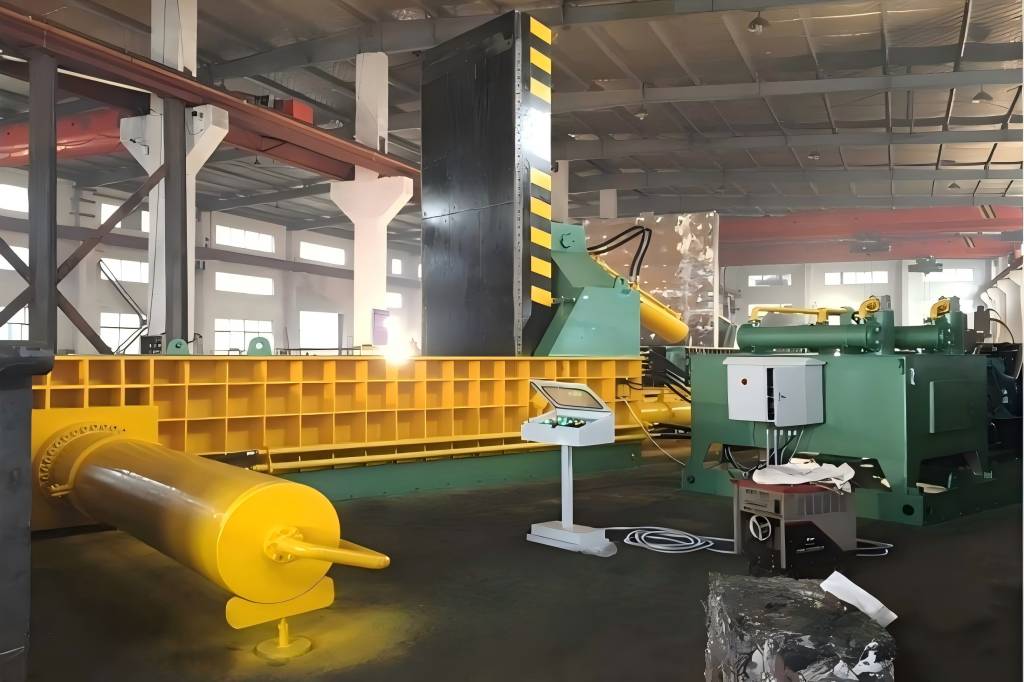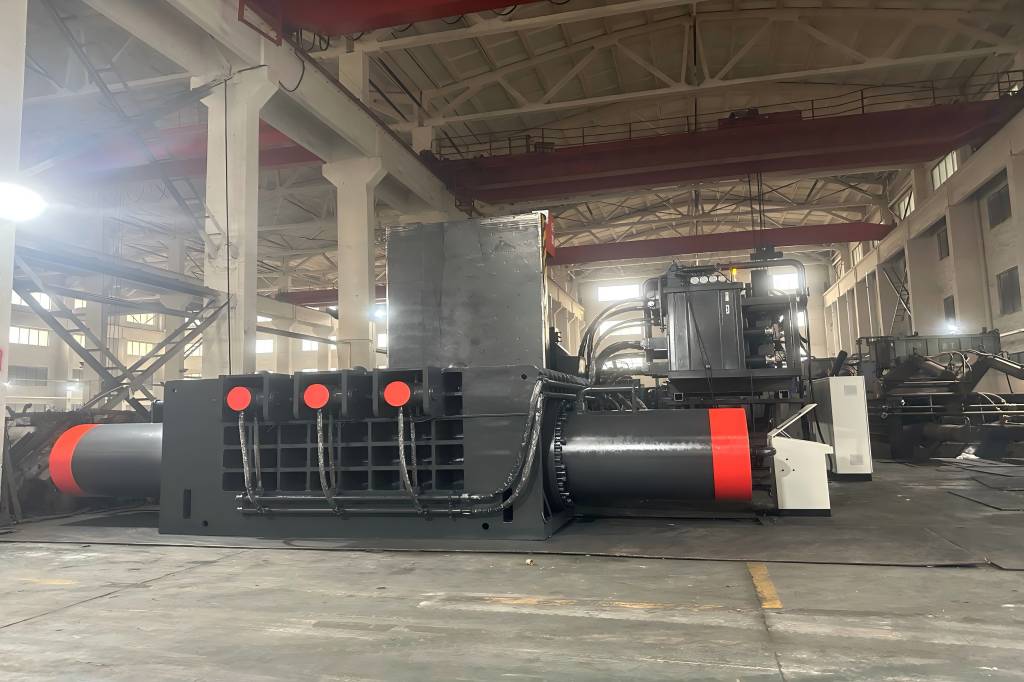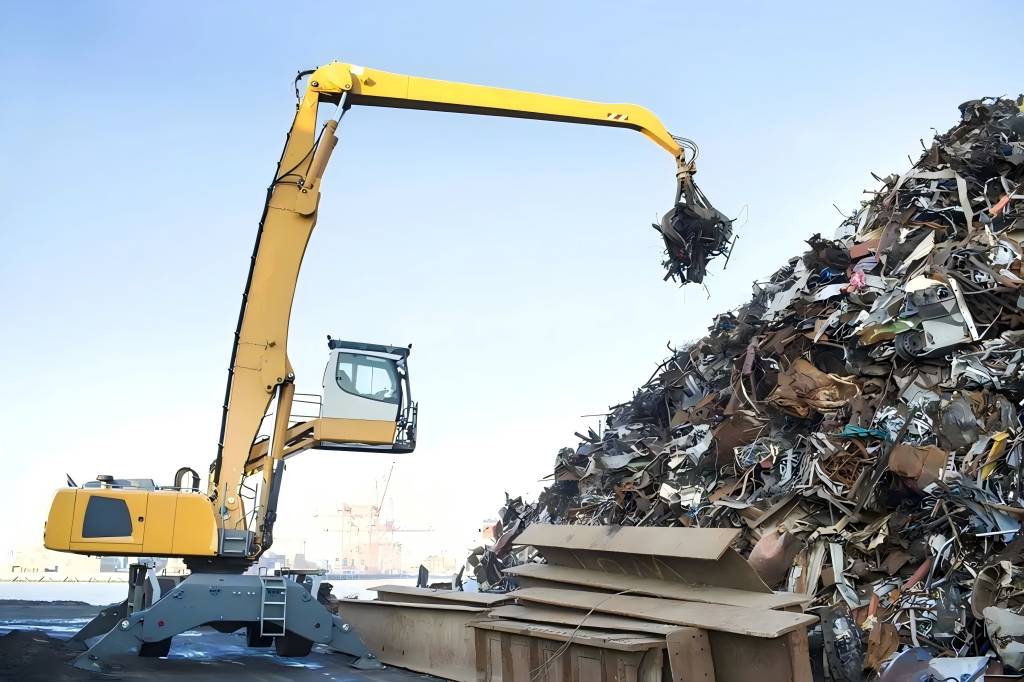With the 2024 U.S. presidential election behind us, many industries are speculating about the possible impacts of the new administration’s policies on key sectors. Waste and recycling, often underrepresented in political conversations, is an area that could see substantial shifts depending on the chosen regulatory and funding priorities.
Given the increasing attention on climate change and environmental health, the future of recycling policy is a significant consideration for businesses, local governments, environmental organizations, and the public.
The Candidates and Their Environmental Stances
In the 2024 election, the major contenders presented distinct approaches to environmental issues, with waste and recycling becoming focal points within broader climate discussions.
The winning candidate, committed to ambitious environmental reforms, advocated for a strengthened role for the Environmental Protection Agency (EPA) and the Department of Energy (DOE) in enforcing waste reduction policies. Their plan emphasizes supporting a circular economy by incentivizing recycling, reducing landfill reliance, and enforcing stricter policies on single-use plastics.
On the other side, the opposing candidate took a more market-driven approach, arguing that the private sector, not the government, should lead in advancing sustainable waste practices. This approach emphasized reducing federal mandates in favor of tax incentives and deregulation to encourage private companies to innovate waste solutions. This candidate believed that empowering private industries, rather than imposing federal regulations, would create jobs and drive economic growth while addressing waste concerns.
With the election result now set, it’s clear that waste and recycling will likely be shaped by increased federal involvement in environmental policies. How this plays out in practice will depend on a mix of funding, regulatory changes, and new opportunities created for both private and public stakeholders.
Potential Federal Policies on Waste and Recycling
Federal waste management and recycling policies could see renewed attention and funding, impacting both existing programs and future initiatives. The new administration’s commitment to climate policy suggests several possibilities, including bolstering existing programs and introducing new federal mandates.
- Enhanced Recycling Infrastructure: The administration has proposed significant federal investment to modernize and expand the recycling infrastructure. This would include funding for technology to improve material sorting, establish regional recycling hubs, and incentivize the production of recycled content. The administration believes that investing in infrastructure can help build a more efficient recycling industry and create jobs, especially in local communities affected by landfill pollution
- Plastic Reduction Policies: The administration’s plan also aims to address plastic pollution by placing stricter limits on single-use plastics. This could include banning certain types of single-use plastics and introducing more stringent regulations on plastic manufacturing, in line with global trends. Such regulations would require industries to find alternatives to plastic packaging, potentially sparking innovation in biodegradable materials and reducing plastic waste.
- Producer Responsibility Programs: Extended Producer Responsibility (EPR) initiatives are the main focus of the new policy approach. Manufacturers are held responsible for managing the end-of-life of their products, especially packaging waste, by EPR mandates. Through these programs, producers would either recycle their own waste or pay fees to cover disposal costs, thus reducing the environmental burden on municipalities.
Impacts on State Policies and Local Governments
While federal policy will set the tone, much of the implementation falls on state and local governments. The administration’s approach suggests a push for states to adopt waste and recycling policies aligned with national objectives. States that already have active recycling programs and ambitious sustainability goals may receive more federal funding and support, potentially widening the gap with states less focused on recycling.
For instance, states with strict recycling mandates, such as California and Oregon, could see support for local initiatives that expand composting, electronic waste collection, and plastic waste reduction. Meanwhile, states with limited recycling programs may feel pressured to catch up to federal expectations or risk missing out on funding. Local governments will also face challenges in adapting to these policies, particularly smaller municipalities that may struggle with the financial and logistical demands of expanded recycling mandates.
Federal support could come in the form of grants, technical assistance, and public-private partnerships to help municipalities establish efficient recycling programs. The administration’s focus on job creation in green industries could also benefit local economies, as new recycling facilities and processing centers create employment opportunities in urban and rural areas alike.
Implications for the Private Sector
For businesses, the new direction in recycling policy will likely present both challenges and opportunities. Corporations that manufacture products with recyclable materials may need to adjust to new regulations, such as stricter requirements on packaging waste and recycling rates. Companies that can adapt quickly and lead in sustainability may find themselves at a competitive advantage, particularly as consumer demand for sustainable products grows.
One significant development could be increased demand for recyclable materials, spurred by the administration’s policies on promoting a circular economy. Businesses that already operate within the recycling supply chain or manufacture recycled products may see substantial growth as new federal incentives take effect. For example, companies involved in the recycling of metals, glass, and paper could benefit from government contracts and grants aimed at bolstering the recycling infrastructure.
On the other hand, businesses heavily reliant on plastic packaging may face challenges as new plastic restrictions take effect. Large corporations may have the resources to shift to sustainable alternatives, but smaller businesses might struggle with the cost of adopting eco-friendly packaging. To ease this burden, the administration may offer subsidies or tax incentives for companies making the transition to sustainable packaging materials.
The Role of Extended Producer Responsibility (EPR)
EPR programs, a core part of the new administration’s policy approach, are expected to shape the waste and recycling landscape significantly. By holding manufacturers responsible for the disposal and recycling of their products, EPR programs aim to reduce waste and encourage producers to design more sustainable products. Countries in Europe and Asia have already adopted EPR programs with notable success, and the administration hopes to bring similar benefits to the United States.
EPR programs place the financial burden of waste disposal on manufacturers rather than on local governments and taxpayers. For industries, this could mean added costs, but it also presents an opportunity to invest in sustainable product design and waste management practices. Companies that proactively engage with EPR programs may find ways to innovate their product lines, increasing their appeal to environmentally conscious consumers and reducing waste disposal costs.
The Future of the Circular Economy
The administration’s dedication to a circular economy, which maximizes reuse, recycling, and material recovery in order to keep resources in use for as long as possible, is a fundamental component of its trash and recycling policy. By encouraging industries to design products with end-of-life recycling in mind, the administration hopes to reduce dependence on virgin materials and decrease the environmental footprint of consumer goods.
The move toward a circular economy is expected to impact various sectors, from electronics to textiles to automotive manufacturing. Companies that embrace the principles of a circular economy by designing products that can be disassembled, repurposed, or recycled may find long-term financial benefits as resources become scarcer and more expensive.
However, implementing these changes requires collaboration across industries and sectors, as well as substantial investment in recycling and material recovery infrastructure.
Possible Challenges and Opposition
While the administration’s waste and recycling policies are ambitious, they will likely face several challenges, including opposition from industries concerned about increased costs and logistical hurdles in implementing new mandates. Some industry groups argue that recycling policies should be more flexible, allowing businesses to find innovative solutions without strict federal oversight.
Additionally, political opposition could play a role in slowing the adoption of some policies. Recycling and waste management are complicated issues that call for collaboration from private sector organizations as well as coordination between the federal, state, and municipal governments. This complexity may lead to delays in policy implementation and inconsistencies in enforcement across states.
There are also logistical concerns regarding the expansion of recycling infrastructure. Establishing new facilities, upgrading existing ones, and training a workforce for new green jobs requires significant funding and time. Rural areas, in particular, may face challenges in building the infrastructure necessary to support advanced recycling practices, potentially limiting access to recycling services in some parts of the country.
The Road Ahead for Waste and Recycling Policy
As the U.S. moves forward with its new administration, waste, and recycling policy is expected to play an increasingly central role in the country’s environmental and economic landscape. By promoting a circular economy, expanding recycling infrastructure, and holding producers accountable, the administration aims to make recycling more efficient, reduce landfill dependence, and address plastic pollution.
While these policies may face challenges, the shift toward a more sustainable waste management system is a positive step for the environment and public health. In the long term, stronger recycling policies and federal investment in green infrastructure could position the United States as a leader in sustainable waste management and set a precedent for other nations to follow.
This moment marks a pivotal opportunity for the U.S. to align waste and recycling practices with global climate goals, potentially transforming the recycling industry and creating a lasting impact on the country’s environmental footprint.




